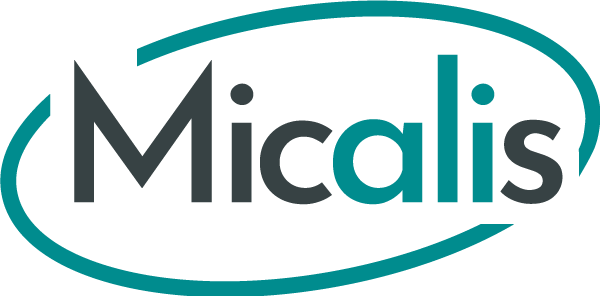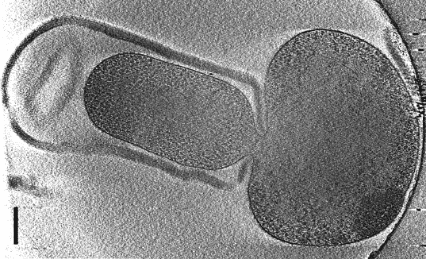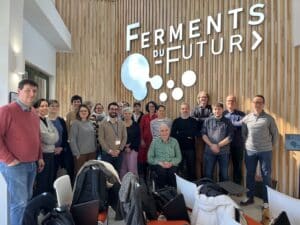Bacteria can respond to environmental stresses by entering a dormant state called viable but non-culturable (VBNC) state. VBNC bacteria lose the ability to grow in routine culture media. Pathogens entering a VBNC state pose a significantly risk for human and animal health, as they are not detected by standard growth-based techniques, and can “wake up” back into a culturable and virulent state. Although hundreds of species were reported to become VBNC in response to different stresses, the molecular mechanisms governing this phenotypic switch have remained largely elusive.
We characterized the VBNC state transition process in the Gram-positive pathogen Listeria monocytogenes in response to nutritional deprivation. By combining fluorescence microscopy, cryo-electron tomography and analytical biochemistry, we found that starvation in mineral water drives L. monocytogenes into a VBNC state via a process of cell wall (CW) shedding that generates osmotically stable CW-deficient (CWD) coccoid forms. This phenomenon occurs in multiple L. monocytogenes strains as well as in other Listeria species, suggesting it may be a stress-adapting process transversal to the Listeria genus. Transcriptomic and gene-targeted approaches revealed the stress response regulator SigB and the autolysin NamA as major moderators of CW loss and VBNC state transition. Finally, we show the transience of this CWD dormant state, as VBNC L. monocytogenes can revert back to a walled, vegetative and virulent state after passage in embryonated eggs.
Our findings reveal that dormant CWD bacterial forms can naturally arise in aquatic environments. This may represent an alternative strategy for bacterial survival in oligotrophic conditions, which can potentially generate health-threatening reservoirs of undetectable pathogens.
https://www.nature.com/articles/s41467-024-52633-7
https://www.inrae.fr/actualites/percer-mystere-dormance-pathogenes-alimentaires-mieux-eliminer
Contact:




